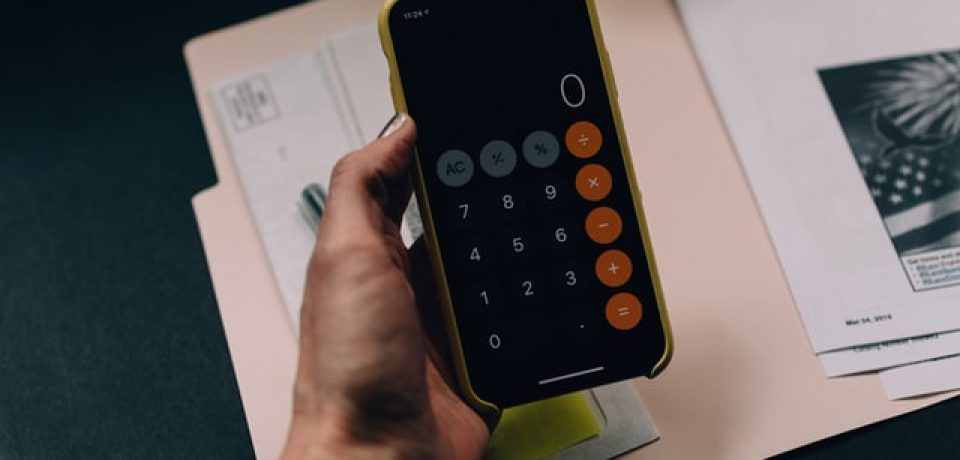Unfortunately, thousands of individuals in the UK are paying more tax than they should be. In the current economic climate, this is something that they cannot afford. Whilst your tax code may seem like a really odd selection of numbers and letters, if it is wrong and you have been allocated the wrong tax code you may be paying too much tax.
Why might a tax code be wrong?
There are several reasons that you could have the wrong tax code. The most common are:
- You have changed your job – if you have recently started a new job or are awaiting a P45 from your previous employer then you may have the wrong code. If the tax office doesn’t know you have started a new job, you may have been given an emergency tax code whilst things are sorted out.
- You have had a change in state benefits – whilst state benefits are not taxed, they can often take up a percentage of your Personal Allowance. This impacts your tax code. If your benefits have changed, then this can affect your tax code.
- You have had a change in company benefits – benefits you receive from your employer (health insurance, company car etc) are taxable. If you have had a change or start receiving this then it may affect your tax code.
Let’s take a look at how you can check if your tax code is correct, and, more importantly, how you can get it changed if it is wrong and you’re paying too much tax.
Checking your tax code
You will need to check the numbers and letters on your tax code. Most tax codes consist of both numbers and letters. The code you have is based on a range of factors, including your age, health benefits, employment status and marital status.
The numbers in your tax code indicate the tax-free allowance that you have for the year. The letters indicate your specific tax type and the type of work that you do.
The most common codes are:
- L – most commonly used for people who are working and entitled to a basic tax-free Personal Allowance.
- M – an employee whose spouse or civil partner has transferred some of their Personal Allowance
- N – an employee who has transferred some of their Personal Allowance to their spouse or civil partner
- T – Used if HMRC needs to review some things with the employee
- K – the tax-free benefits you receive are greater than your annual Personal allowance, meaning you will pay the extra tax due from your benefits through your income.
A full list of all the codes can be found on the government website.
How to get your tax code changed
If you think that you have the wrong tax code, then you need to contact the tax office and request a tax assessment. In order to do this, you should have your NI number and tax reference to hand. They will be on your payslip.
If you have been overpaying, you will be able to get a rebate. HMRC will tell you what documentation is required for this. HMRC can look over previous contributions, and you can claim up to 4 years of overpayments. They will also be able to tell you if you haven’t been paying enough and help you sort this. The sooner the better as otherwise you will owe them a lot more.

